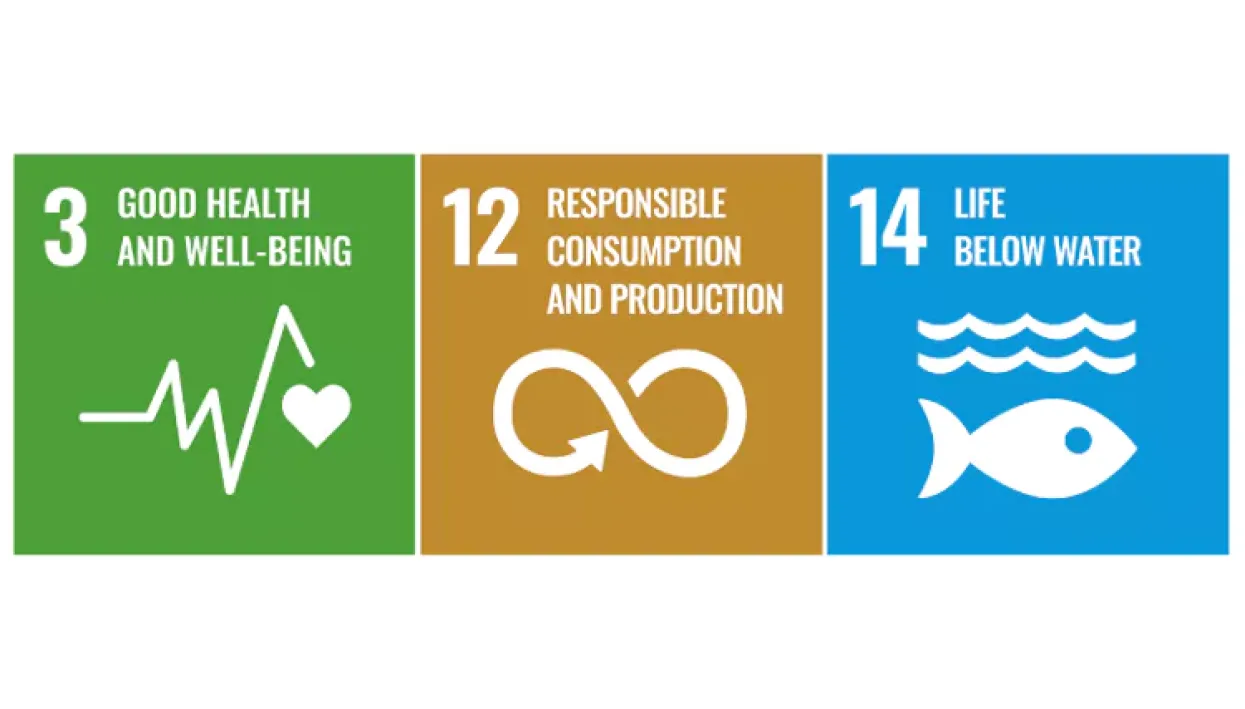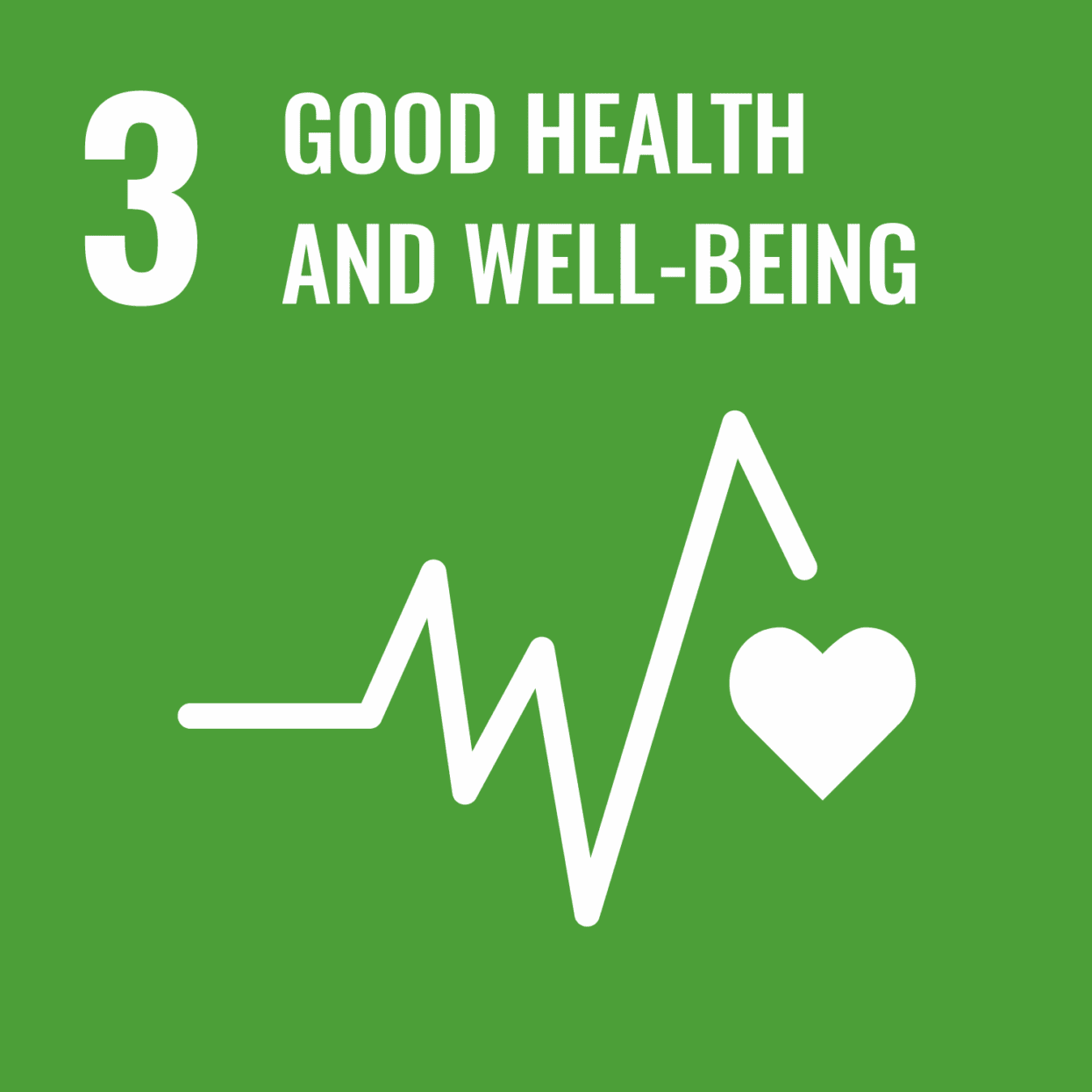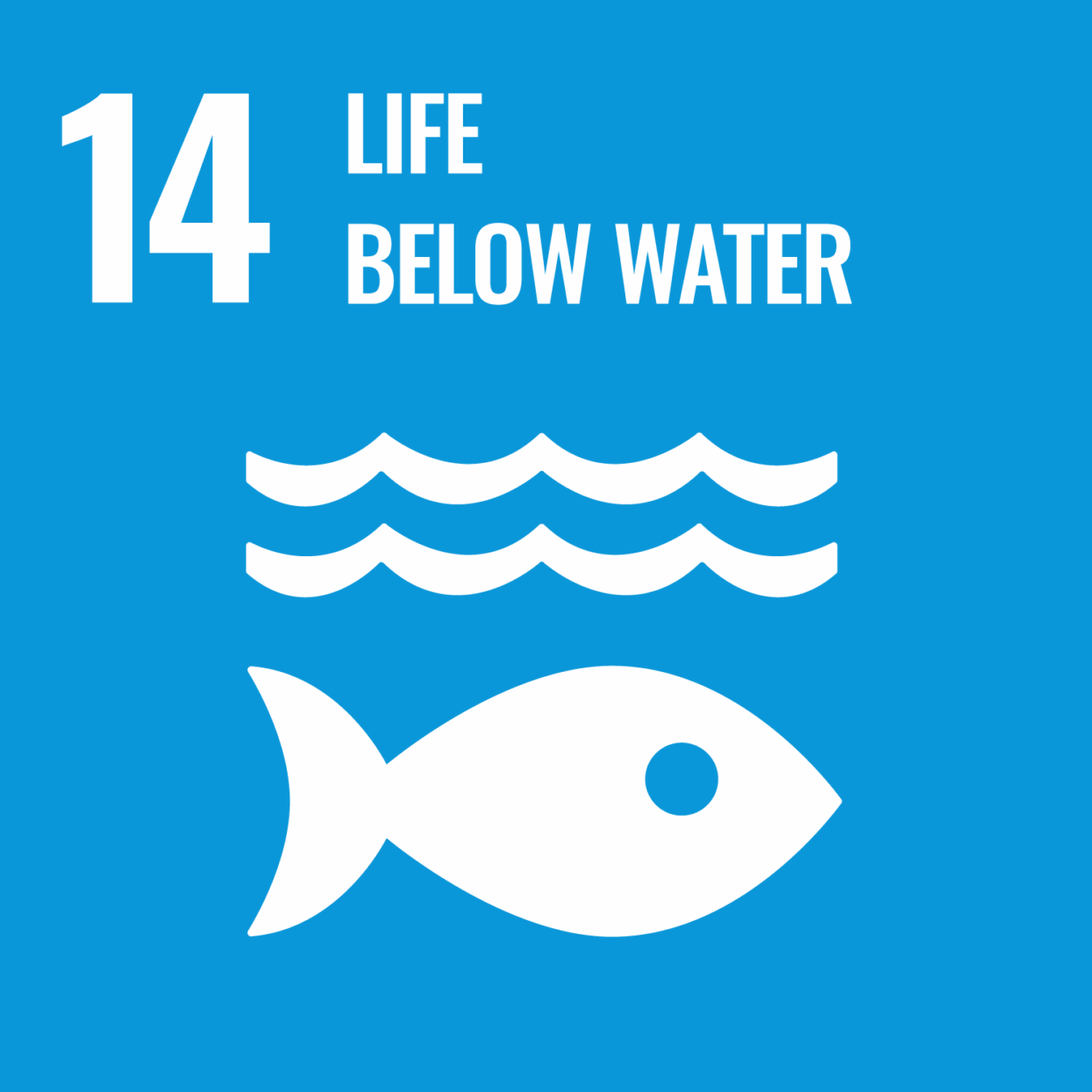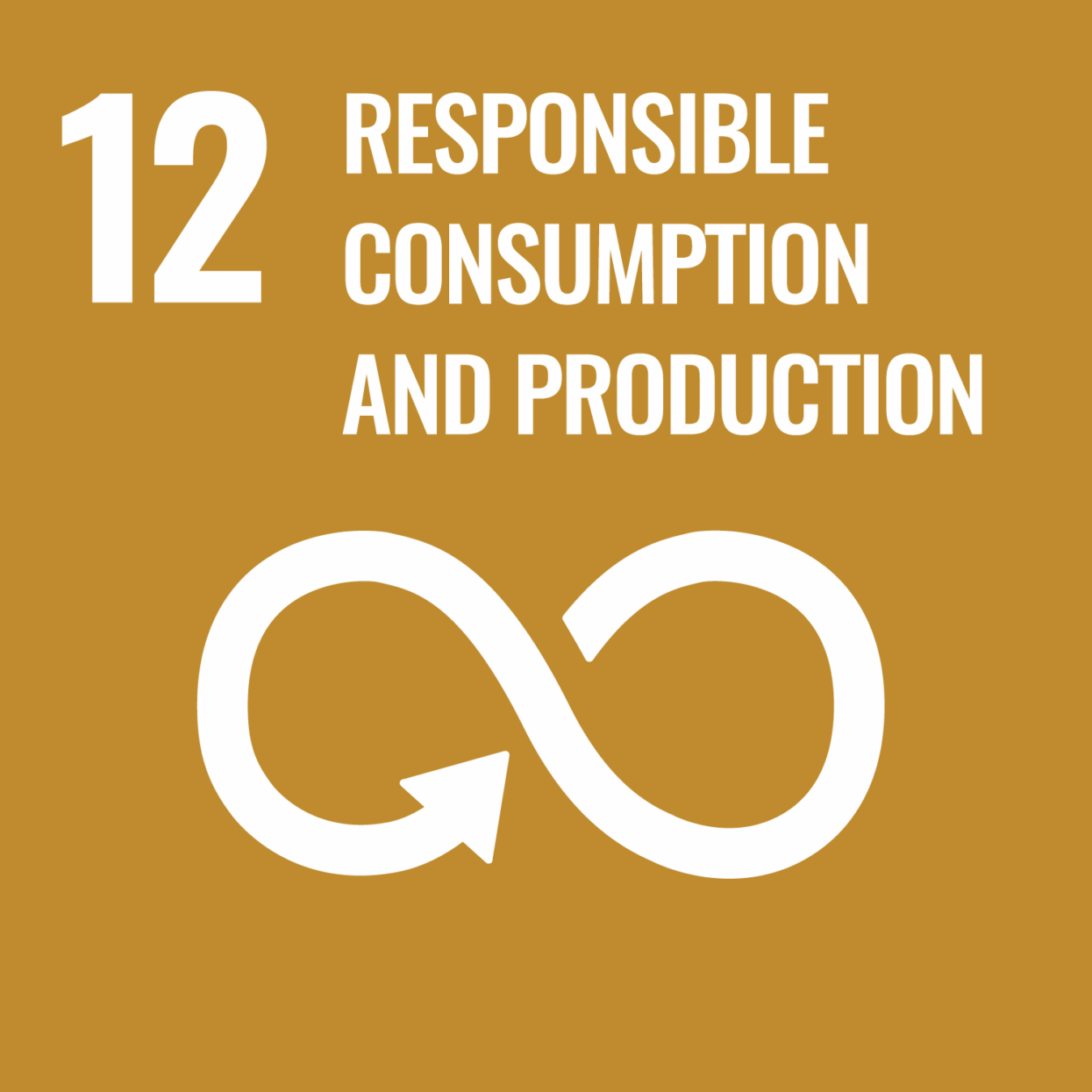
Air that’s safe to breathe and clean water might seem like a fundamental right, something we shouldn’t have to be worrying about in the modern world, and the related UN Sustainable Development Goals perhaps could appear irrelevant to business owners reading this. Sadly, this is not so.
In Europe alone, air pollution is linked to more than 390,000 early deaths each year, greater than the number of deaths from road traffic accidents – and this figure is from before the pandemic. The risks from Covid-19, research indicates, are increased by air pollution. Poor air quality also drives more general ill health, not just respiratory diseases such as asthma but also heart disease. A major humanitarian concern, it is also a business issue. Lost working days are a direct cost to business.
Air quality has reached greater public awareness since the pandemic crisis: the initial lockdown, with suddenly lower levels of air pollution, created such a dramatic contrast to what we had become used to, especially for city dwellers. Even those outside cities saw changes – some suddenly found themselves seeing distant horizons that had been lost to the pollution haze for so long that they had been forgotten. Wildlife also received a boost, in part because of the improved air quality.
Water pollution has also become more of an everyday topic, with popular television programmes highlighting the risks from plastics, including micro plastics, harming wildlife, becoming part of the food chain and ultimately ending up in human bodies. But plastic is not the only problem – chemical pollution is a very serious issue. It reaches rivers, seas and groundwater (from which much of our drinking water comes) from various sources. Some can be direct, such as spills that reach rivers, drains and unprotected earth, and others from road run-off contaminated by vehicle tyres, oil or fuel, or agricultural run-off. It does not take much to seriously damage a river or stream for quite a distance and it can come from something as simple as a damaged container leaking into a drain in the yard that leads to nearby water. Then you see sorry sights like that of my local canal not so long ago, after a diesel spill in a factory yard, with dead fish covering the surface, water plants dead and rotting, and volunteers fighting to lift out oil-covered swans as they fought back. Such events can usually be traced back to source and tend to result in heavy fines.
Pollution affects all of us: our health and our finances.
Perhaps the main targets from the SDGs directly addressing pollution are 14.1 By 2025, prevent and significantly reduce marine pollution of all kinds, in particular from land-based activities, including marine debris and nutrient pollution, and 12.4 By 2020, achieve the environmentally sound management of chemicals and all wastes throughout their life cycle, in accordance with agreed international frameworks, and significantly reduce their release to air, water and soil in order to minimize their adverse impacts on human health and the environment [and note this end date – by the time you are reading this, it will probably have passed!].

A further target, 3.9, addresses the consequences to human health: By 2030, substantially reduce the number of deaths and illnesses from hazardous chemicals and air, water and soil pollution and contamination.
There is already a lot of legislation in place to manage pollution from industry, applying to even the smallest businesses. Moving up the hierarchy, public authorities are being called to account for failure to comply with higher level laws – the UK government has been taken to court several times over breaching air quality thresholds and the battle is still continuing. In London an inquest is ongoing to determine if the cause of death of a nine-year-old girl was air pollution. Pollution and its effects on human health and the environment are becoming increasingly litigious.
Even if the pressure is directed at the public authorities to improve air quality, the only actions they can take relate to the main causes: transport, industry, combustion. This translates into pressure on businesses, perhaps by means of clean air or low emission zones and emissions charges for vehicles, or by other legislative means, including industrial emissions controls. Improving water quality works in a similar way: the need to prevent polluting substances from reaching the water.
Public concern about air and water pollution adds to the pressure on larger organisations to not only do the right thing, but to be able to demonstrate that they are.
This becomes relevant to your printing businesses because, as consumers ask questions of your end customers, these work down the supply chain. It’s not just a case of what the retailer is doing to manage their own impacts, but how they ensure their suppliers manage theirs. Usual practice is to start off reviewing those suppliers whose potential impacts are greatest, and then to work down the supply chain; this then opens out to second tier suppliers – those working for direct suppliers – and then continues through tiers. This may not have reached your business yet but will eventually. Supply chain impact is included in ISO 14001, the international environmental management system standard, and in many reporting standards.
What all businesses can do – some simple actions
Many reading this will already be doing some, or all, of the actions below – but others may not. In that case, use the ideas to work out where your greatest risks lie, and set out a plan to manage and reduce them step by step.
Also check for local pollution prevention legislation – it does vary from place to place, so you need to be aware of what applies to you.
Protecting water:

Think about where you are and what the risks might be from chemicals you use: how are things stored – are they in secondary containment or on bunds to prevent any leaks reaching the environment, whether land or water? Are staff spill trained, and do you have sufficient spill kits? Do you know where outside drains lead, and do staff know not to let any chemicals get into them? Is waste stored in such a way that rainwater can’t run through it and become contaminated before entering drains? If you have oil/water separators in a vehicle yard, are they properly maintained?
Managing air pollution:
Are emissions a factor when choosing vehicles or logistics providers? Do you encourage and support staff and visitors to use public transport, walk or cycle if this is feasible? Can you make more use of technology to avoid miles travelled by people or work?

In your building, is any air conditioning or heating plant regularly maintained? Are all solvent containers kept lidded, and rag bins closed to avoid evaporation of volatile organic compounds? When selecting new plant, are consumables and emissions taken into consideration?
For both – what can you do to reduce emissions?
Going forward
Knowing you are doing the right thing to help protect human health, future generations and to reduce risks from accidental pollution is a good place for a business to be. You also need to be able to demonstrate this, to make your customers feel positive about you and, if you are a B2B printer, to help them show that they are managing their supply chain impacts.
Some of this will be evident to visitors just from looking around, but keeping records of checks made, spill training, spill drills and anything else you are doing for pollution prevention will help you comply with local laws and offer reassurance to customers.
The next article in this series is about the SDGs and social concerns and employment